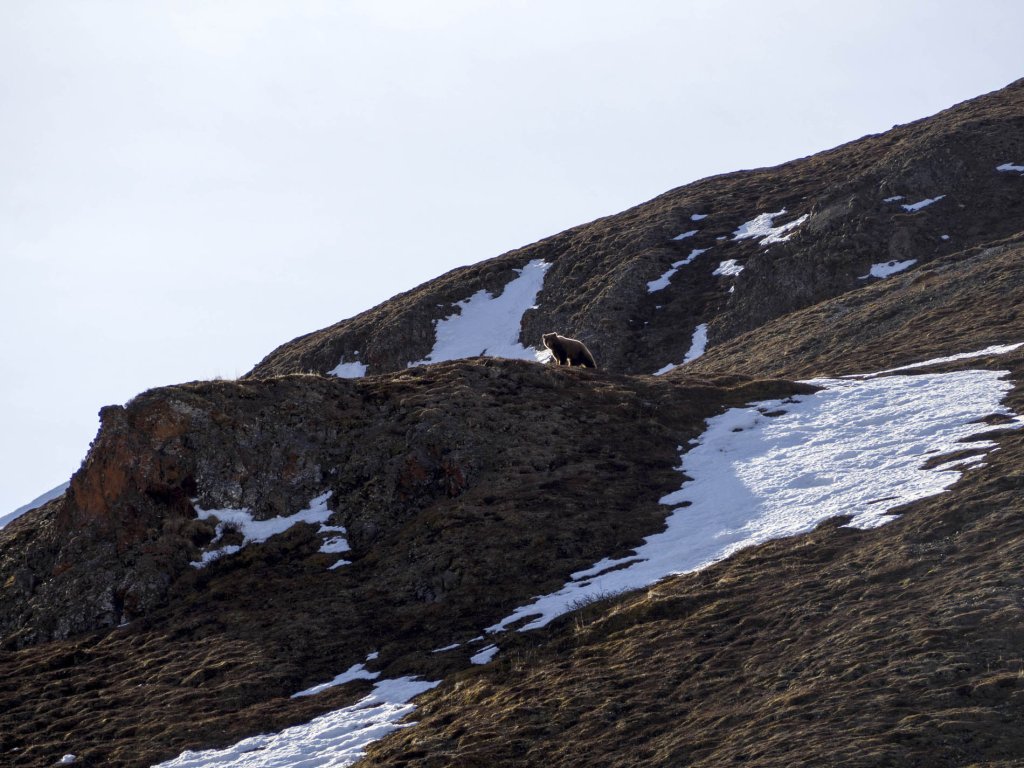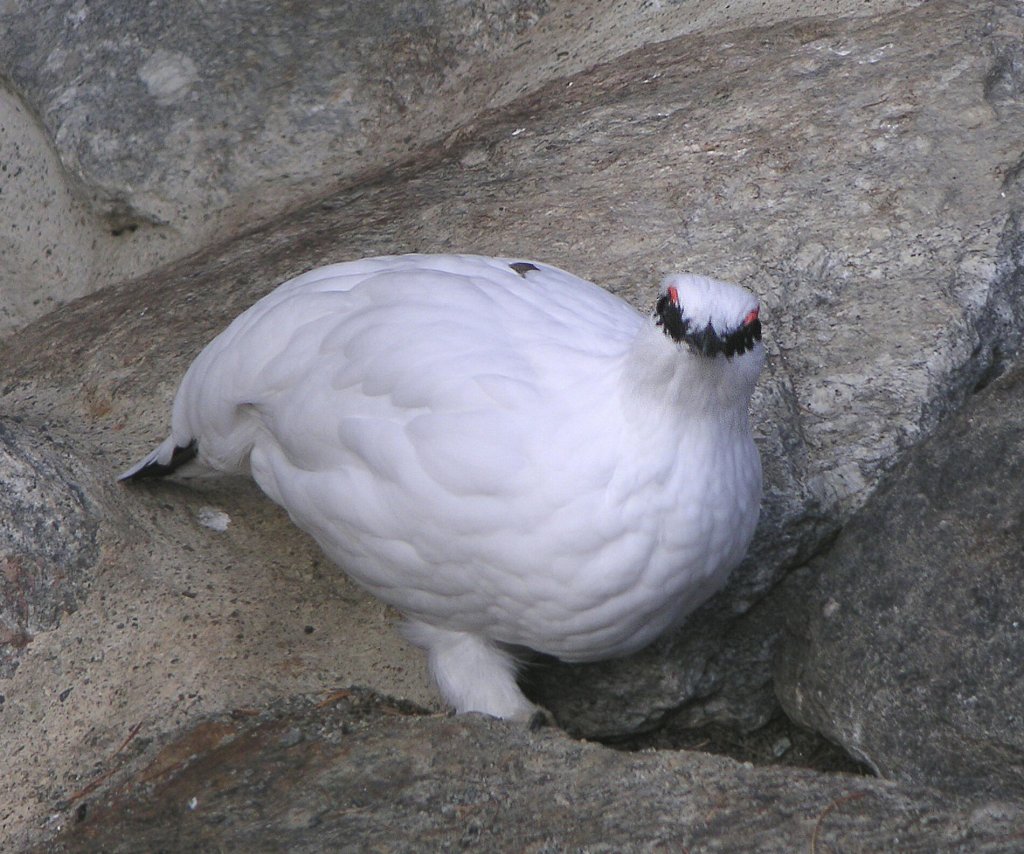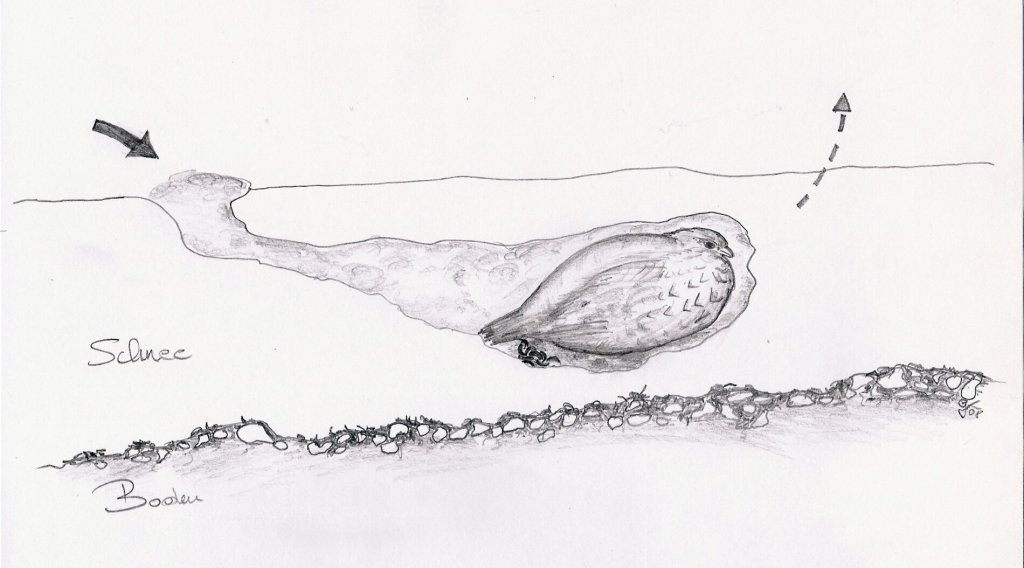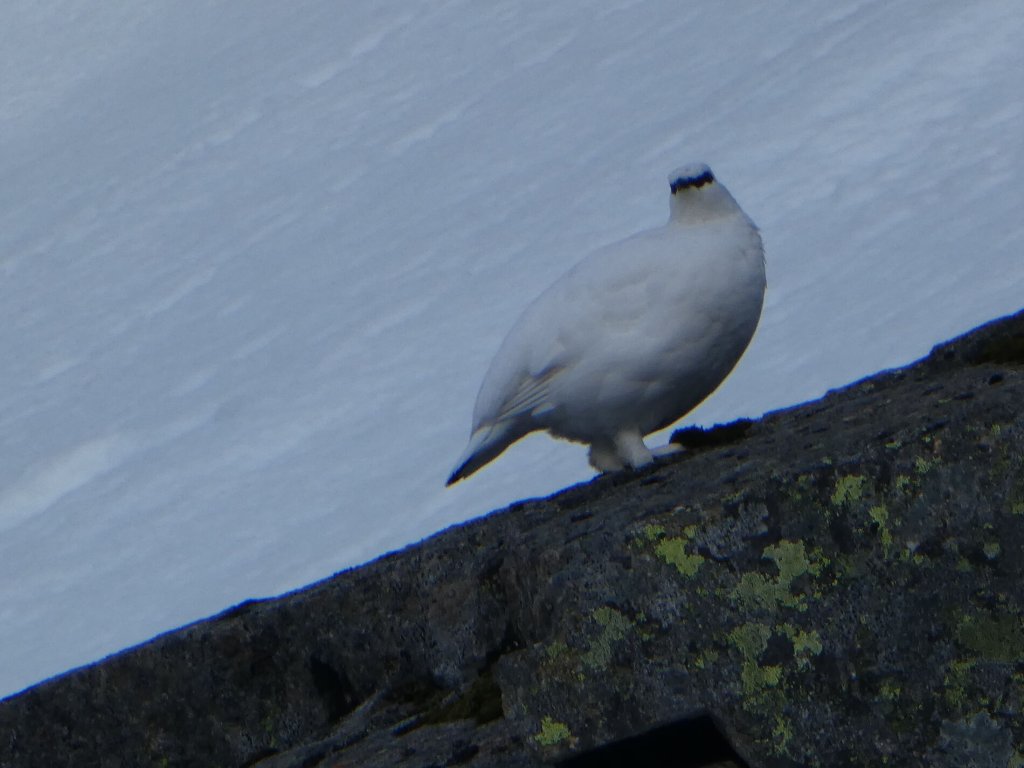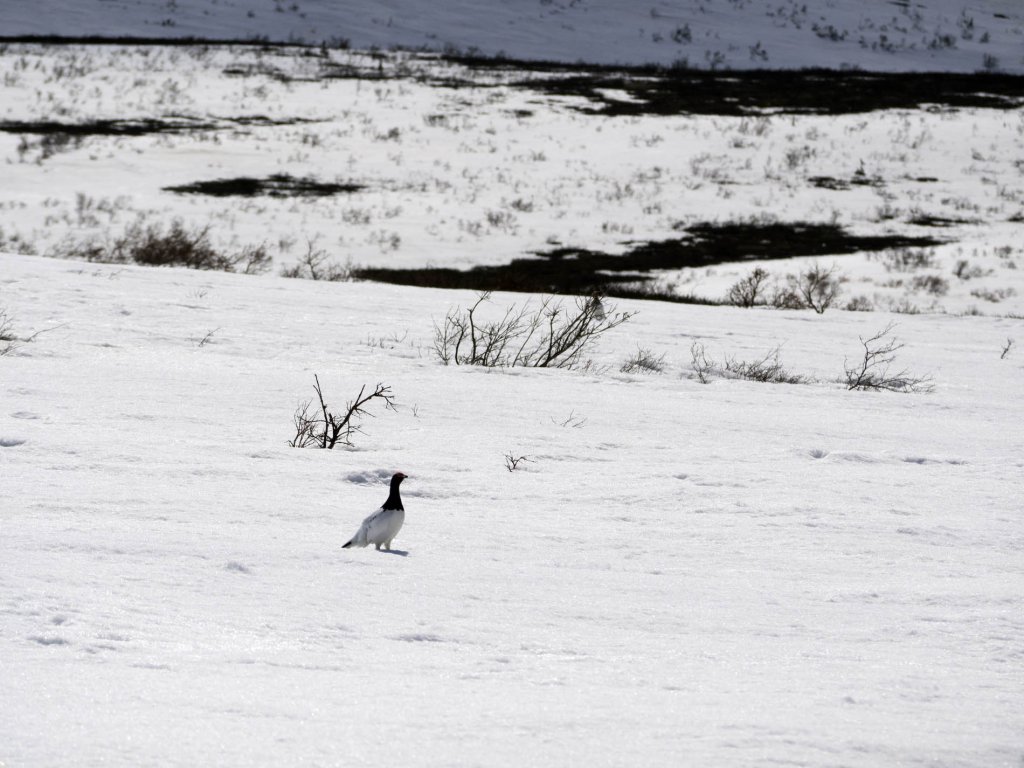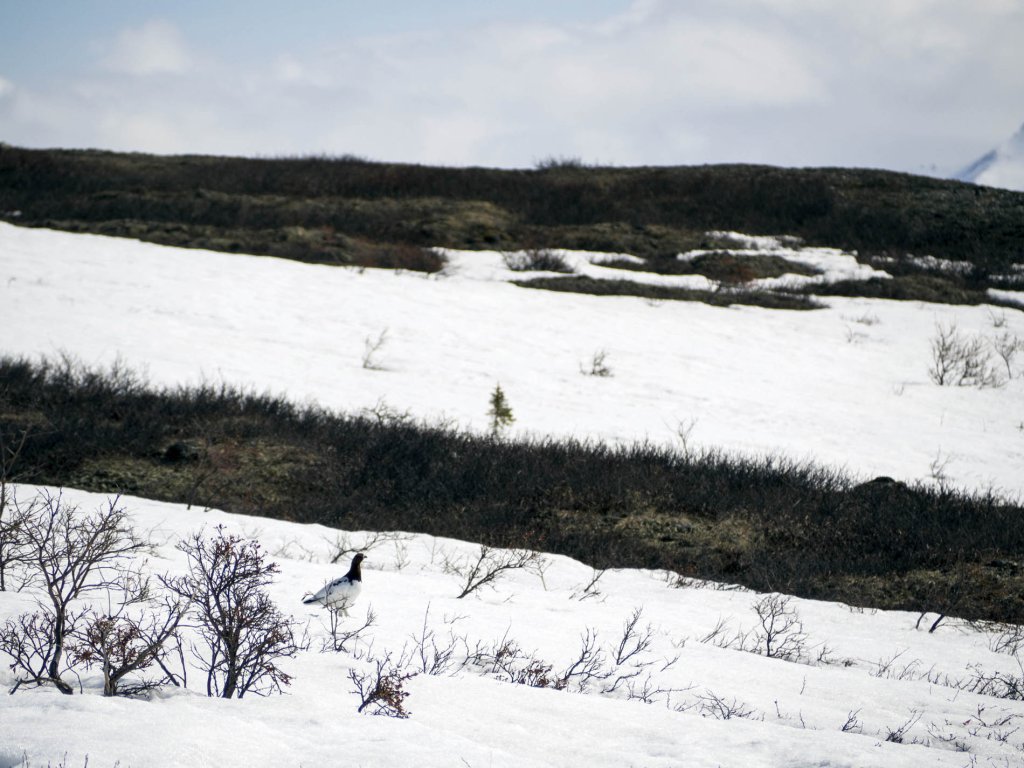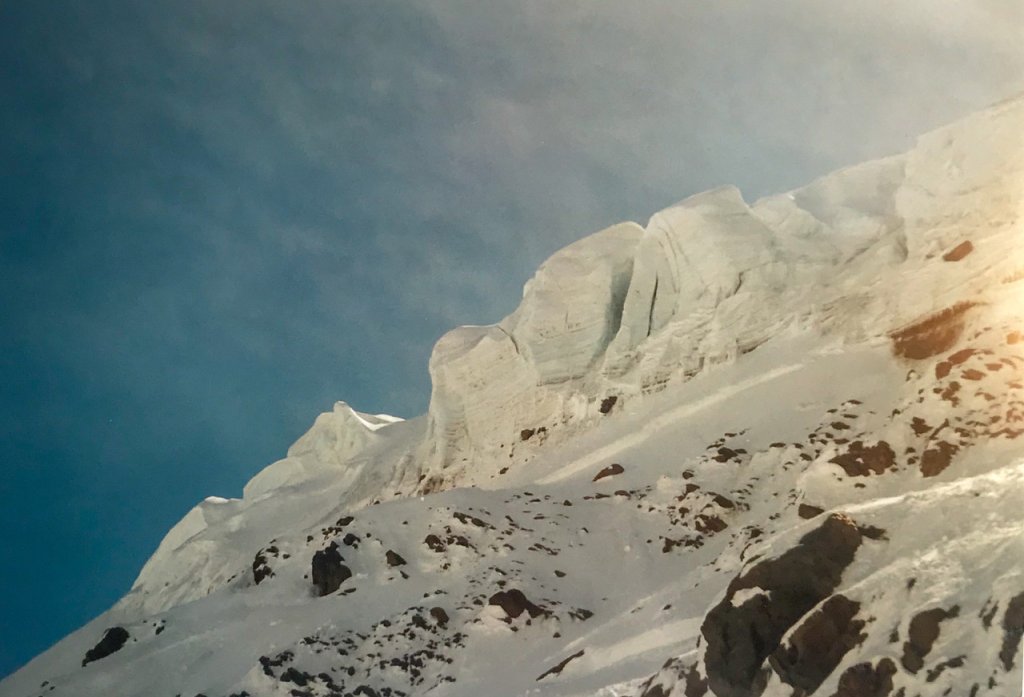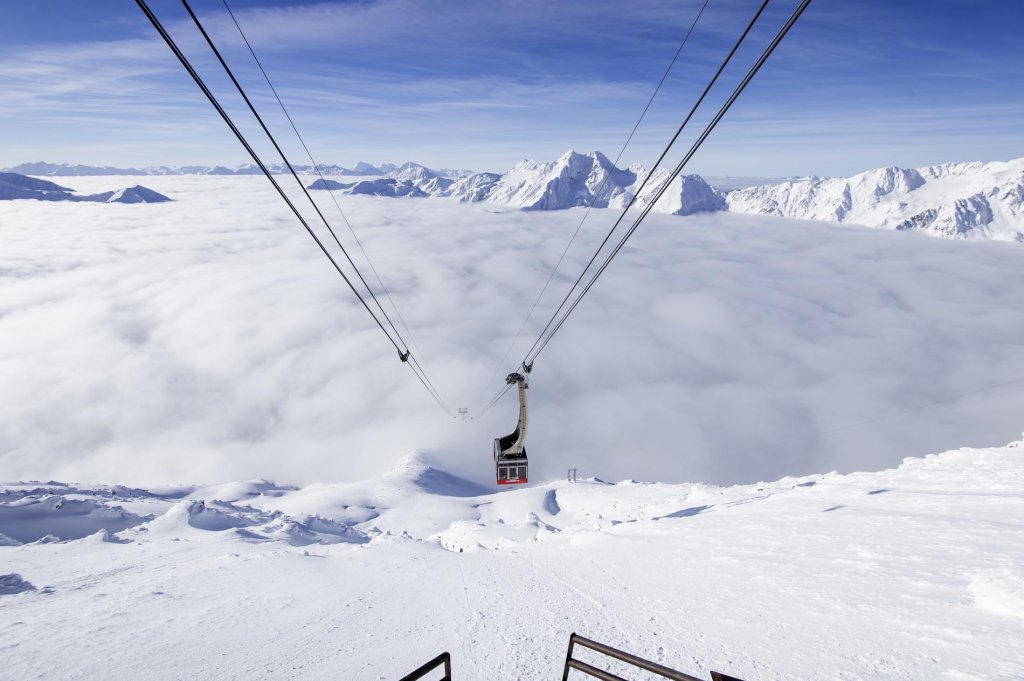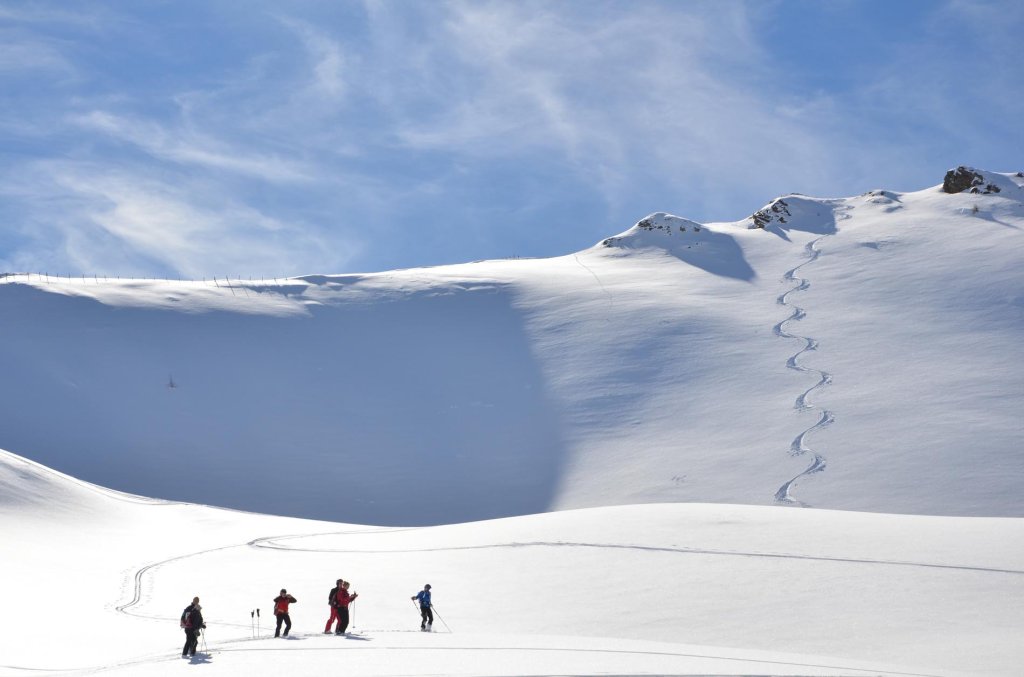No problem in principle, there is enough space for everyone. However, it is imperative that we heed the rules of "hospitality" and show a certain amount of consideration for the needs of our animal roommates, especially in winter, when conditions can be life-threatening for animals.
But why exactly do we need to pay special attention to wild animals during the cold season? Why do we set up voluntary wildlife quiet zones and officially prescribed restricted areas? Why should we avoid ridges and blown-off wind edges? Because winter is the most difficult time of the year for animals in the wild. Their entire annual cycle and various sophisticated strategies are adapted to this critical time - they have to survive. Some put on a thick winter coat or plumage, others go into torpor or hibernate. But for all of them, this means saving energy wherever possible. In particular, however, this means that energy-sapping flight is bad! A brief foray into the biology and physiology of our habitat partners may help us understand some of the recommendations.
The mountain forest is home to red deer, i.e. deer, cows and calves. These animals are very polarizing, because on the one hand they are fed, i.e. cared for, and on the other hand they are shot. So why should we show consideration for hunting trophies? The accusation often arises that this is only about the self-interest of hunting.
Originally, red deer were typical inhabitants of floodplains. However, our settlement and construction activities have driven this game species from the valleys into the mountain forests. With certain adaptation strategies, it can now cope with the sometimes inhospitable conditions there. In winter, it relies on the motto "No wrong move!".
